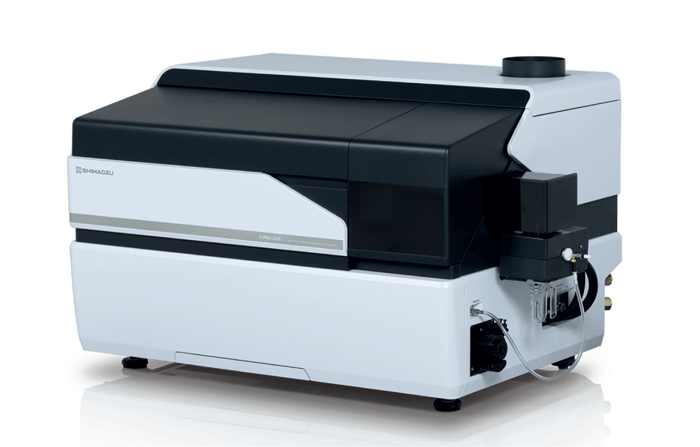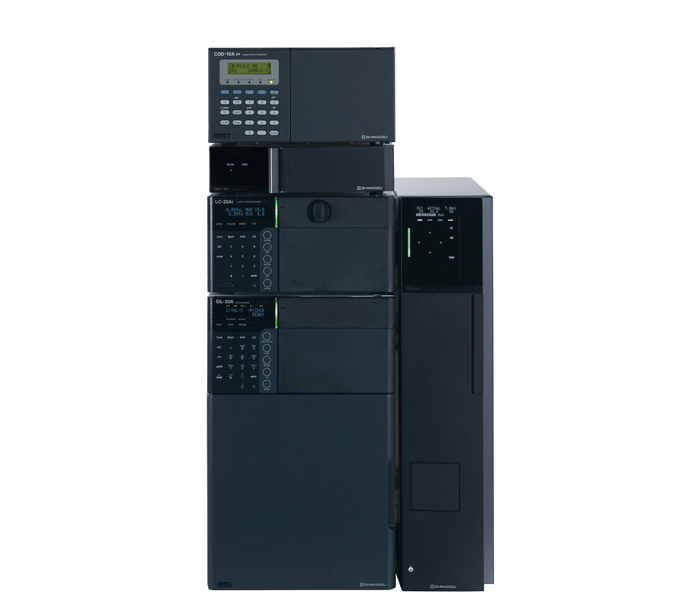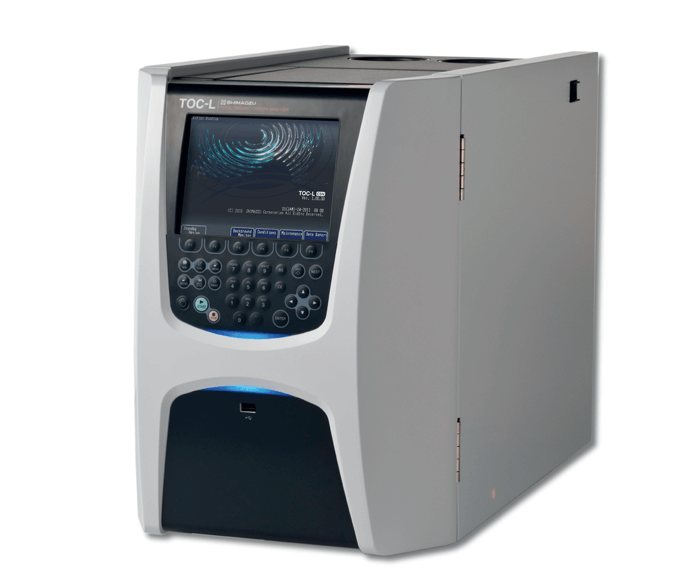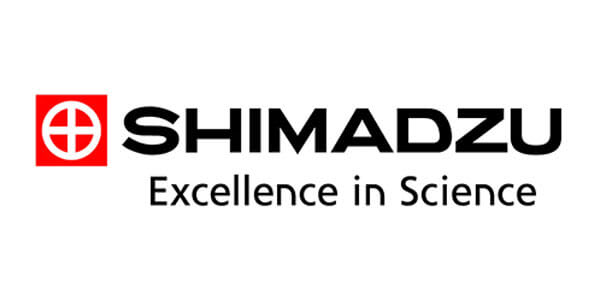Water is essential to all life. Currently, the global human population is using roughly 4,000 cubic kilometers of drinking water per year. On average, 144 liters of water per person is supplied to households in Europe every day (1). That’s a lot of water. And that means we need a lot of testing – using accurate and reliable methods – to ensure quality and safeguard health.
Drinking water can contain many substances, including organic and inorganic compounds. Indeed, the term “mineral water” points to just some of these substances, including calcium, potassium, magnesium, and sodium – all essential to humans.
Other essential minerals – typically at trace concentrations – include chromium, cobalt, iron, copper, manganese, selenium, and zinc. And there are yet more tentative candidates – whose exact functions in the human body have not yet been conclusively investigated – for example, arsenic, nickel, and tin. For all these elements, concentration plays a vital role. One stark example is selenium; insufficient amount can lead to a deficiency with serious consequences, but too much can lead to poisoning (2).
Given this important balancing act, drinking water must be carefully monitored and thoroughly tested for any contamination. Climate change, extreme weather events, global population growth, and international markets are all factors that exert direct and indirect pressures on natural water resources. The United Nations recently adopted the goal “Clean Water and Sanitation” on its 2030 Agenda for Sustainable Development. The politics, economics, and science sectors all share responsibility for implementing and achieving these ambitions.
In fact, the European Union (EU) has a 30-year history of drinking water policy – one that ensures that water intended for human consumption can be consumed safely on a life-long basis. With its Water Directive (2000), the EU had already set a clear goal for the sustainable management of water resources. By December 2020, the European Parliament adopted the revised Drinking Water Directive (DWD) – and it came into force on January 12, 2021, with all member states given two years to transpose it into their national legislation.
Key features of the revised directive are reinforced water quality standards that are more stringent than the current WHO recommendations. From an analytical point of view, the tighter limits for contaminants – such as heavy metals and anions – are crucially important. Also included for the first time in the revised directive are emerging pollutants, such as endocrine disruptors, per- and polyfluoroalkyl substances (PFAS), and microplastics.
With many varied aspects of drinking water testing and monitoring – and its importance, Shimadzu is dedicated to providing comprehensive solutions across the field – from heavy metal monitoring to anion detection to PFAS analysis. In fact, Shimadzu provides the complete toolbox for fully automated and sensitive analysis of contaminants in drinking water – all fully in line with updated guidelines outlined in the new European DWD.
Heavy metal monitoring using ICP-MS
For the simultaneous quantitative determination of heavy metals in drinking water, inductively coupled plasma mass spectrometry (ICP-MS) is the preferred tool for quality control because of its high sensitivity (trace detection), wide dynamic range, and high sample throughput. Meeting all the requirements of the new DWD, the Shimadzu ICPMS-2030 is a fast, user-friendly system that runs at drastically reduced costs thanks to its unique Eco-Mode – made possible by the patented Minitorch.
Furthermore, the octopole collision cell assures high accuracy for all element measurements. Using helium gas and the Kinetic Energy Discrimination (KED) principle, this cell suppresses most of the spectroscopic (polyatomic) interferences. Moreover, the efficiency of suppression of interferences and enhancement of sensitivity is improved by a cooled cyclonic chamber and well-controlled torch positioning. The ICPMS-2030 is also capable of saving all mass recorded during a given sample measurement. Finally, focusing on user-friendliness, the LabSolutionsICPMS development assistant software proposes optimum parameters for each element in the sample; method development has never been easier or faster.
HIC-ESP Ion Chromatograph for anion detection
With lower maximum allowable concentration levels in the revised DWD, ion chromatography is the method of choice for high sensitivity measurement and detection of anions such as bromate, chlorate, and chlorite in water. Following the International Organization for Standardization’s DIN EN ISO 10304-1:2009 norm for water quality, the Shimadzu HIC-ESP ion chromatography system is an ideal tool for sensitive measurements of such anions in drinking water samples.

LC-MS/MS detects “PFAS total”
There is growing concern about the persistence and effects of PFAS in drinking water and the environment, and so the revised DWD also includes the determination of PFAS in its new guidelines. Shimadzu has developed a full package of state-of-the-art analytical methods for monitoring of PFAS, and demonstrates the use, speed, and performance of Shimadzu Ultra-fast Mass Spectrometry (UFMS) for PFAS analysis in water samples.

Monitoring provides confidence
During water treatment, unknown problems can surface, so “indicator parameters” are used; one such parameters is total organic carbon (TOC), for which no limit value or criterion has been defined yet, but which can be considered as a cautionary warning in case of abnormal changes.
Another indicator is the oxidizability parameter – a measure of the sum of all chemically oxidizable, organically bound compounds present in water. Though not a direct cause for concern, it can lead to re-germination or undesirable disinfection by-products. Oxidizability is proportional to the sum of organically bound carbons that are determined as dissolved organic carbon (DOC) and can therefore be replaced by TOC measurement.
When examining carbon compounds in drinking water, it is apparent that the amount of inorganic carbon (IC), such as carbonates and hydrogen carbonates, is much higher than the organic fraction, which accounts for one percent of total carbons (TC). A TOC determination via the differential method (TC - IC) will not be appropriate in this case, as the TOC value calculated is prone to large statistical errors. According to EN 1484 (instruction for the determination of total organic carbon and dissolved organic carbon), the differential method can only be applied when the total inorganic carbon (TIC) is lower than the TOC value.
Identification of organic carbons in water
For drinking water TOC analysis, the non-purgeable organic carbon (NPOC) method is used. The drinking water sample is first acidified to a pH value of 2, which transforms the carbonates and hydrogen carbonates into carbon dioxide. The CO2 is then removed via sparging with carrier gas. What remains is a solution of non-volatile organic carbon compounds. These can be oxidized to CO2 and detected via nondispersive infrared sensors. Sample preparation for the NPOC method is done automatically in the TOC-L analyzer, effectively reducing analysis time.
Removing TIC can be performed either in the syringe of the integrated sample preparation (ISP) module or in the autosampler with the external spare kit. The ISP module consists of an eight-port valve and a syringe with sparging gas connection. In addition to acidification and sparging in the syringe, the ISP also enables automatic dilution – a feature that facilitates an extended measuring range, dilution of highly contaminated samples, and the preparation of a series of calibration samples from a stock solution. The robust ISP module therefore considerably reduces time-consuming sample handling steps.
A comprehensive solution for drinking water analysis
Water is the basis for all life, playing a crucial role in almost all metabolic processes, as well as in geological and ecological processes. Sophisticated, reliable water purification and supply systems are a prerequisite for human health and the prevention of epidemics worldwide. Every day, a large variety of chemical substances pose a high risk of contaminating our drinking water, potentially causing disease and chronic illness. Thankfully, rigid controls and continuous monitoring under strict guidelines (including the European Directive and WHO Guidelines for Drinking Water Quality) make drinking water one of the most closely monitored substances in the world.

References
- UFZ, “Water supply security by 2030 – utopia or a realistic goal?” (2018). Available at: https://bit.ly/3B3DMVq
- M De La Guardia, S Garrigues, “Fish and Seafood,” Handbook of mineral elements in food, 622. John Wiley & Sons: 2015.





